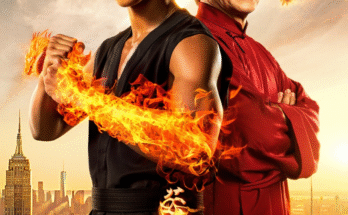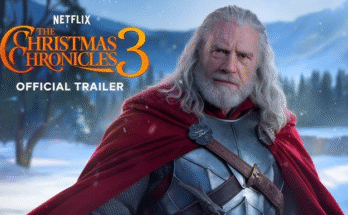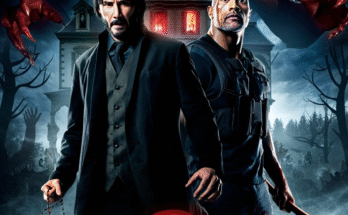Few names in literature and cinema carry the same weight as Dracula. To speak of him is to summon more than just a monster—it is to confront a symbol of immortality, temptation, and the terrifying price of power. Every generation reinvents him, yet the essence remains the same: a creature who embodies both allure and dread, both death and desire.

This retelling of Dracula dives deep into the Gothic roots of Bram Stoker’s classic while reimagining its themes for a modern audience. At its center stands Count Dracula, an immortal predator who feeds not only on blood but on the weaknesses of men—their greed, their lust, their yearning for eternity. He is no longer a shadow lurking in ancient castles alone; he is a mirror to our darkest instincts.
The film’s atmosphere is drenched in Gothic elegance. Candlelit corridors, storm-lashed seas, and crumbling castles provide a stage where fear and seduction intertwine. Each setting feels alive, an extension of Dracula’s will, as if the land itself bends under his curse. The cinematography lingers on shadows and silences, making absence as frightening as presence.
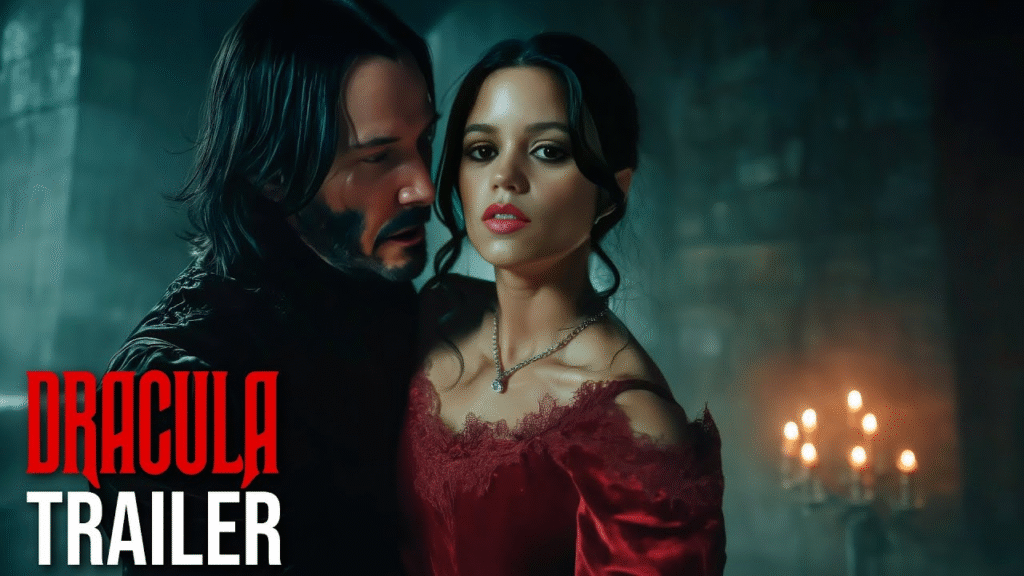
At its heart, the story is not just about monsters but about humanity’s vulnerability. Jonathan Harker’s descent into Dracula’s world, Mina’s struggle between purity and corruption, Van Helsing’s relentless pursuit—all serve as reminders of how fragile the human soul becomes when confronted with something eternal and merciless.
Dracula himself is more than a villain; he is tragedy personified. Immortality, while granting him power, isolates him from love, from time, from the very humanity he once shared. This duality—the monster and the man—gives the story its enduring resonance. We fear him, yes, but we also pity him, for in his eternal hunger lies a loneliness no blood can quench.
The horror here is not only in the bite of the vampire but in the slow erosion of self. To be touched by Dracula is to lose more than life—it is to surrender identity, to become part of an endless hunger. The true terror is not death, but transformation into something unrecognizable, something forever estranged from humanity.
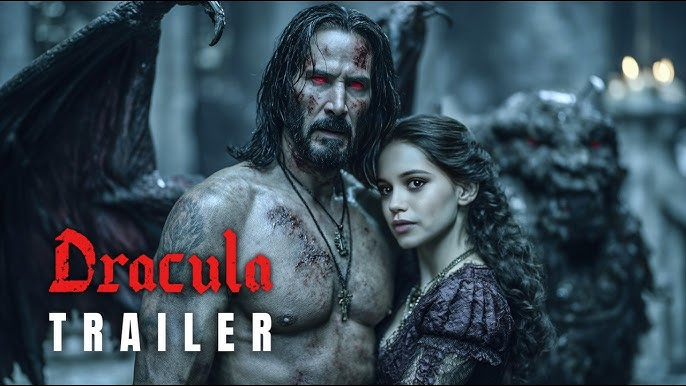
The supporting characters are vital threads in this dark tapestry. Mina emerges not merely as a victim but as a figure of resilience and tragic strength. Van Helsing is the unwavering light in the encroaching dark, though his obsession borders on fanaticism. Even Renfield, consumed by madness, embodies the devastating power of Dracula’s influence.
The pacing of the film builds like a heartbeat, slow at first, then faster, louder, until it crashes into scenes of unrelenting dread. Action and violence punctuate the narrative, but the truest horror lies in silence—in the moments when a shadow lingers too long on the wall, or when a whisper promises eternity at an unspeakable price.
Visually, the blood-soaked elegance of Gothic horror is given new life. The use of chiaroscuro—light and shadow—reminds us that Dracula is not just a creature of the night but of contrasts: beauty and horror, love and death, salvation and damnation.
By its end, Dracula offers no easy comfort. Evil may be confronted, but shadows remain. The Count’s legacy lingers, as eternal as the fear he represents. He is more than a monster from a distant time—he is the embodiment of the darkness that waits within us, patient and unyielding.
Ultimately, this version of Dracula reminds us why his story has never faded. He is legend, myth, nightmare, and mirror. To watch him is to feel both repelled and fascinated, to glimpse the fragile boundary between humanity and monstrosity. And as long as we fear the dark, we will never escape the shadow of Dracula.

